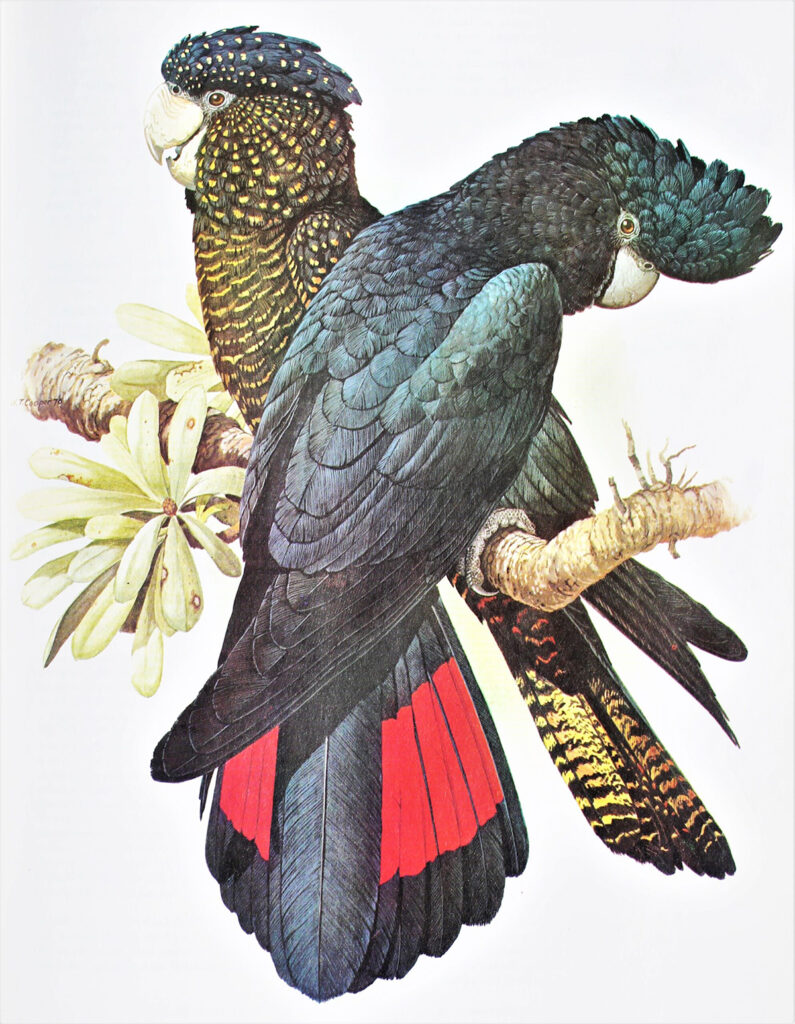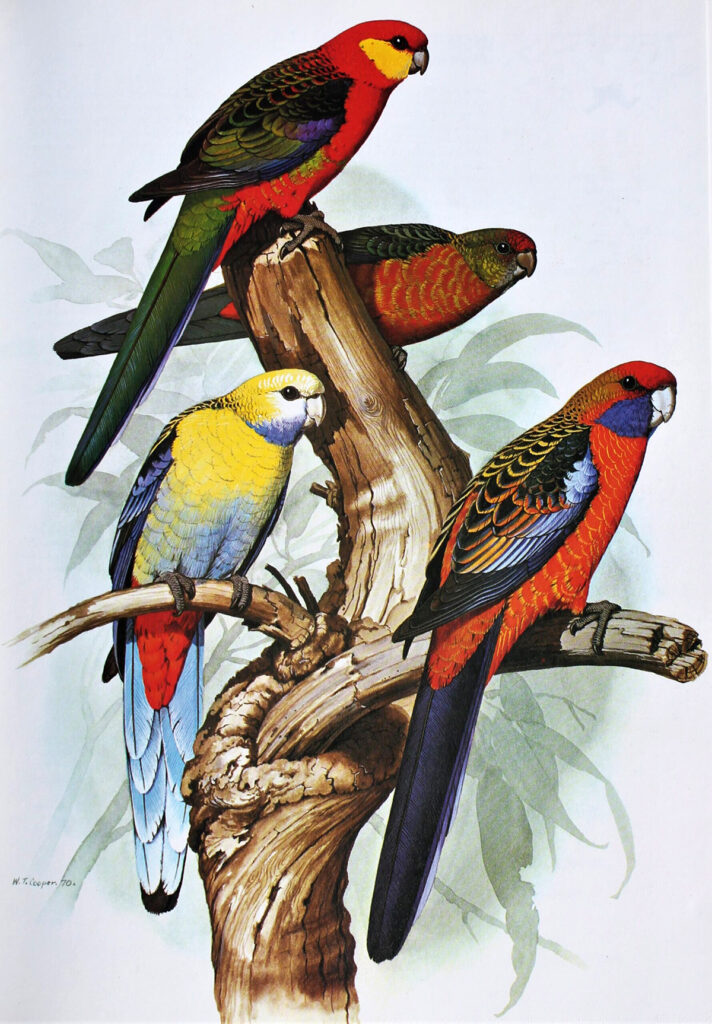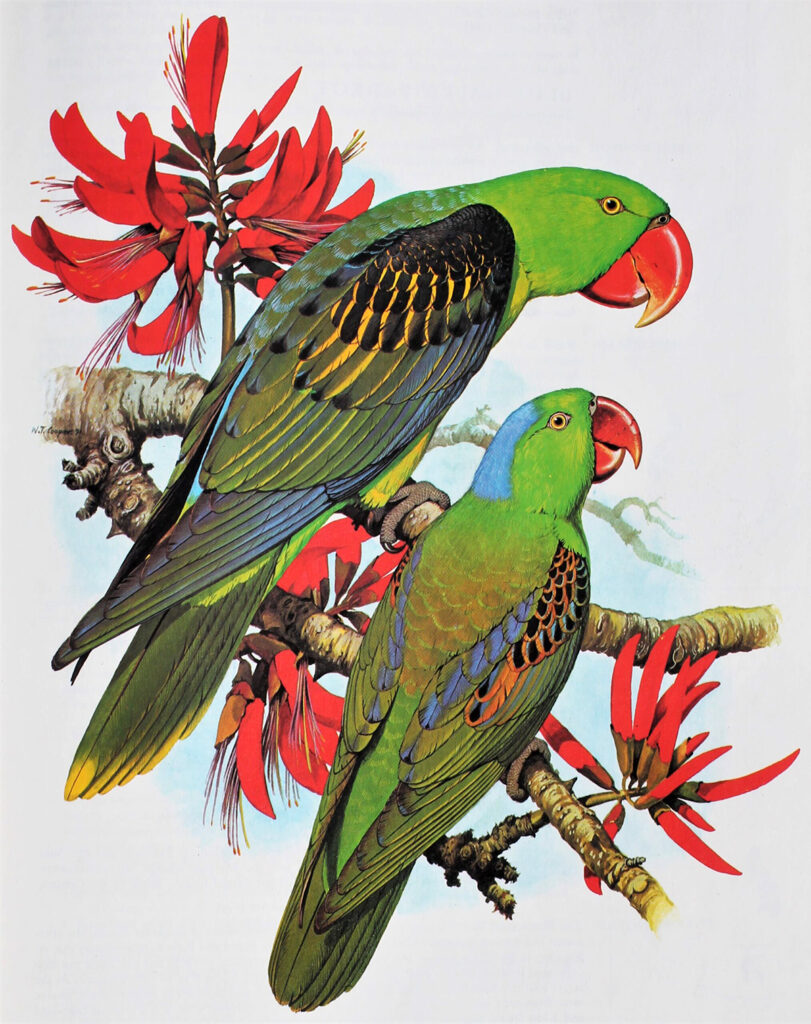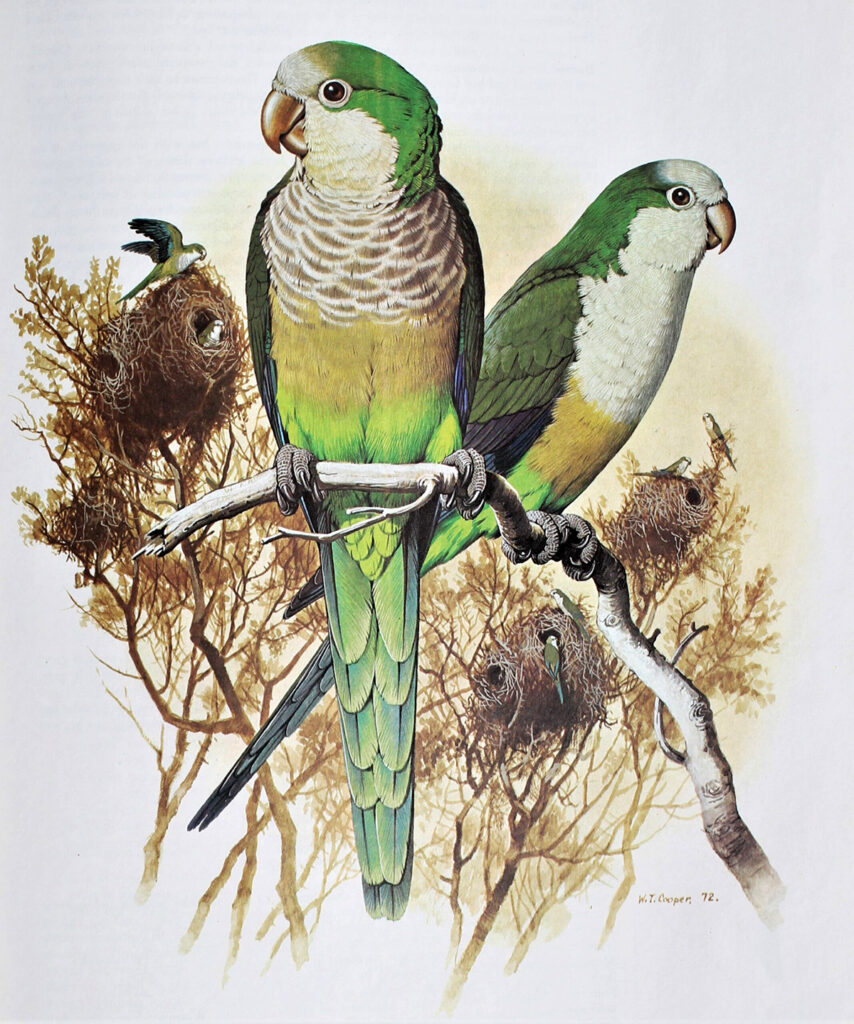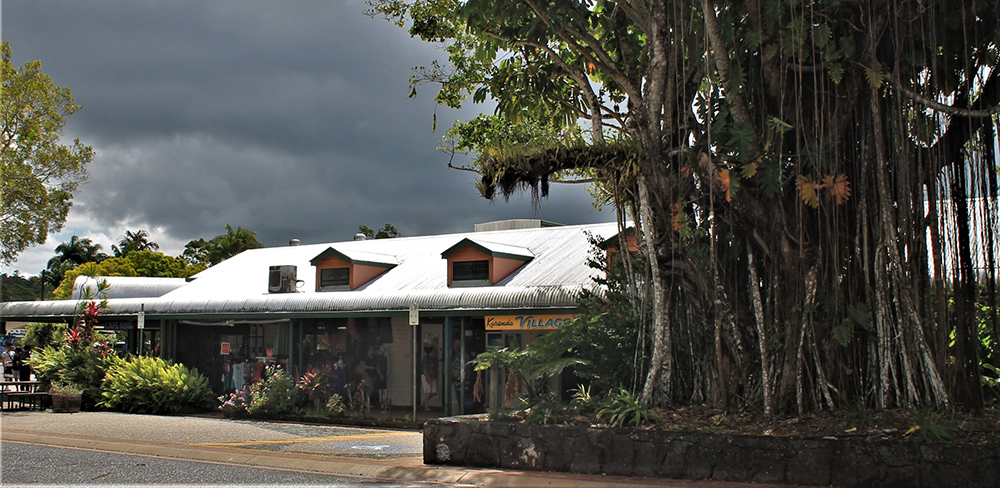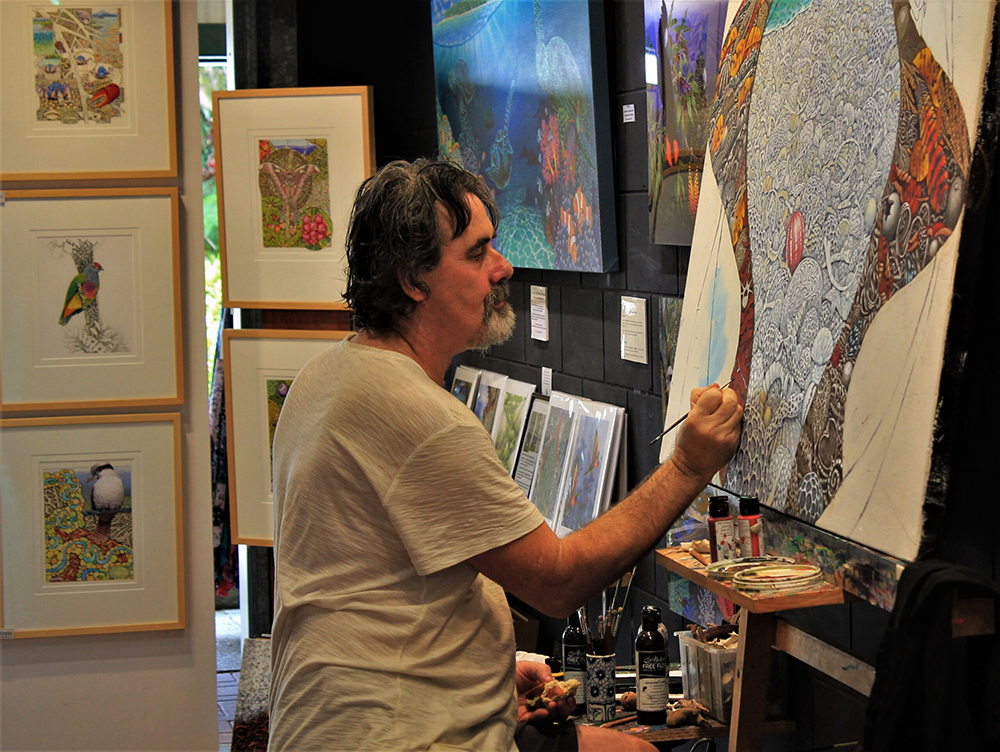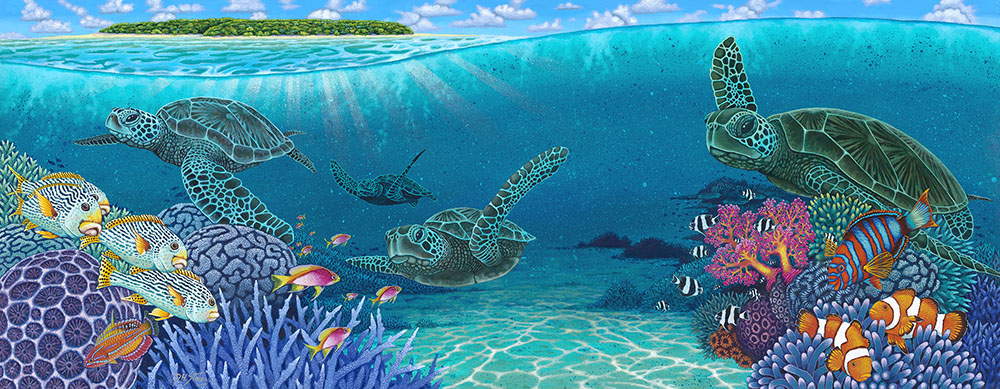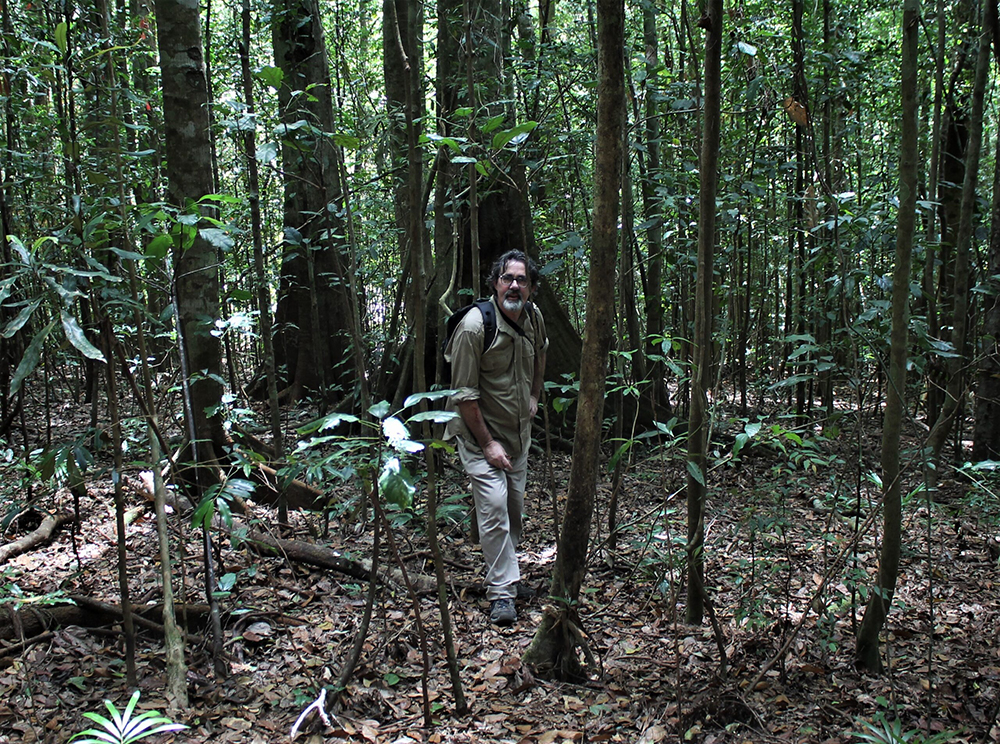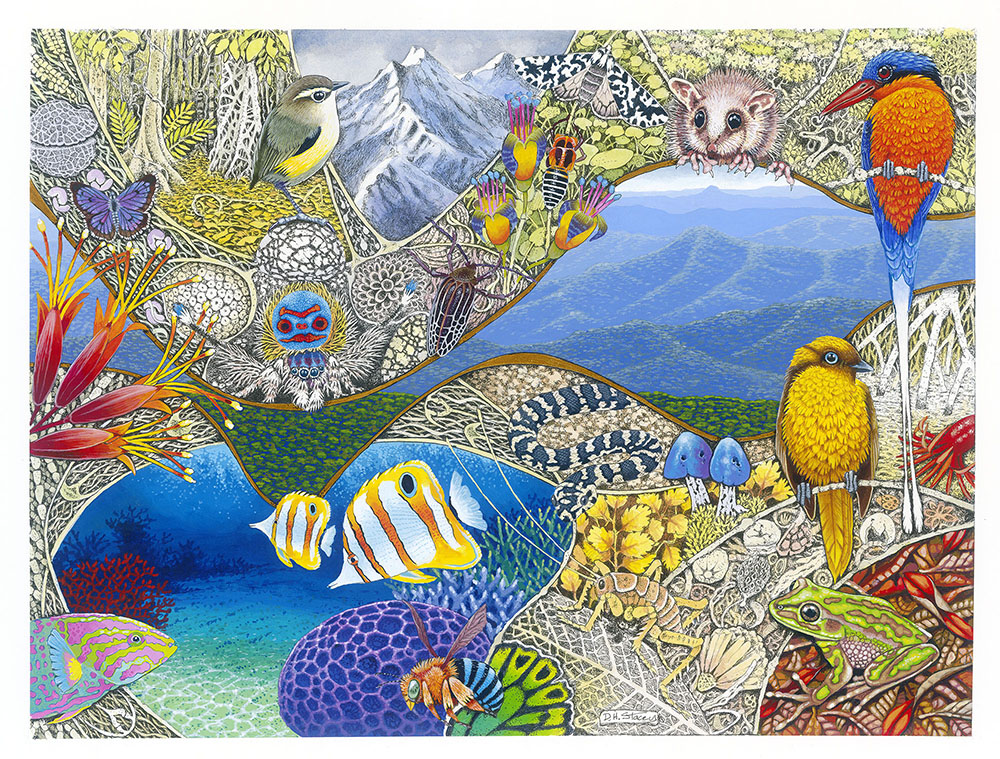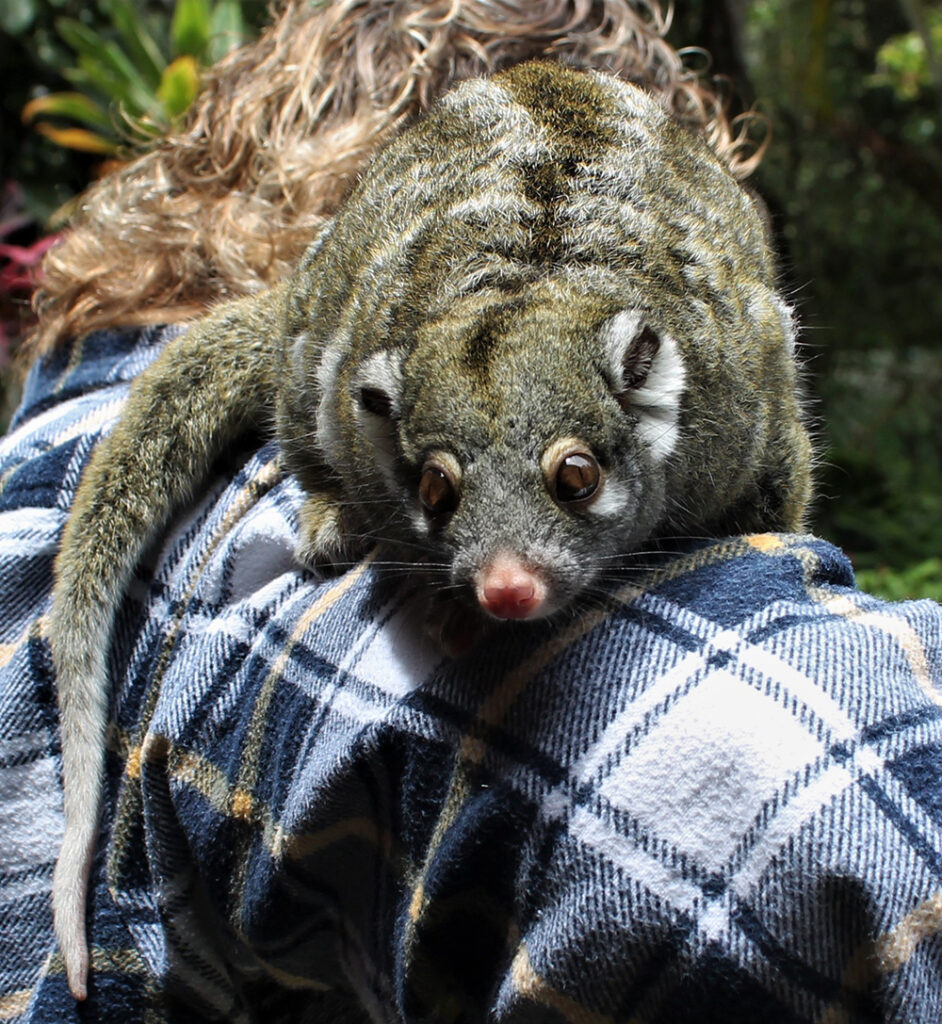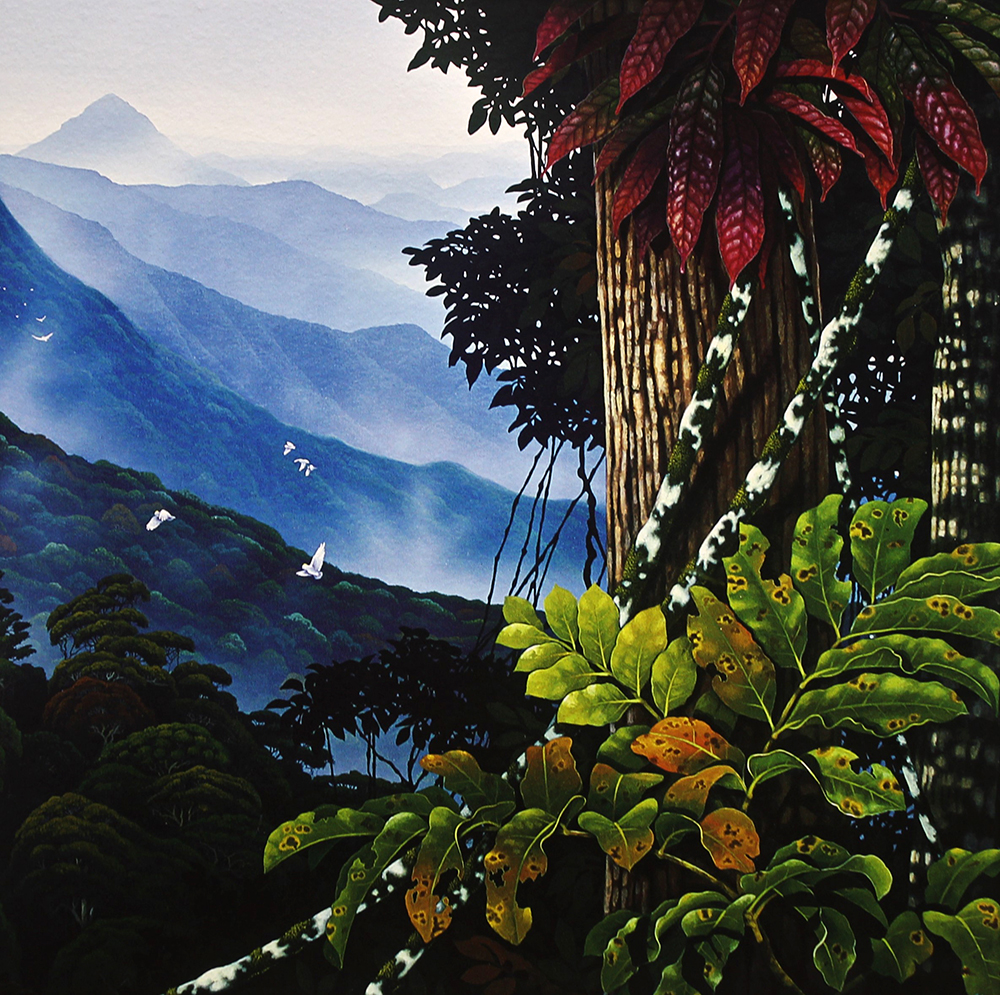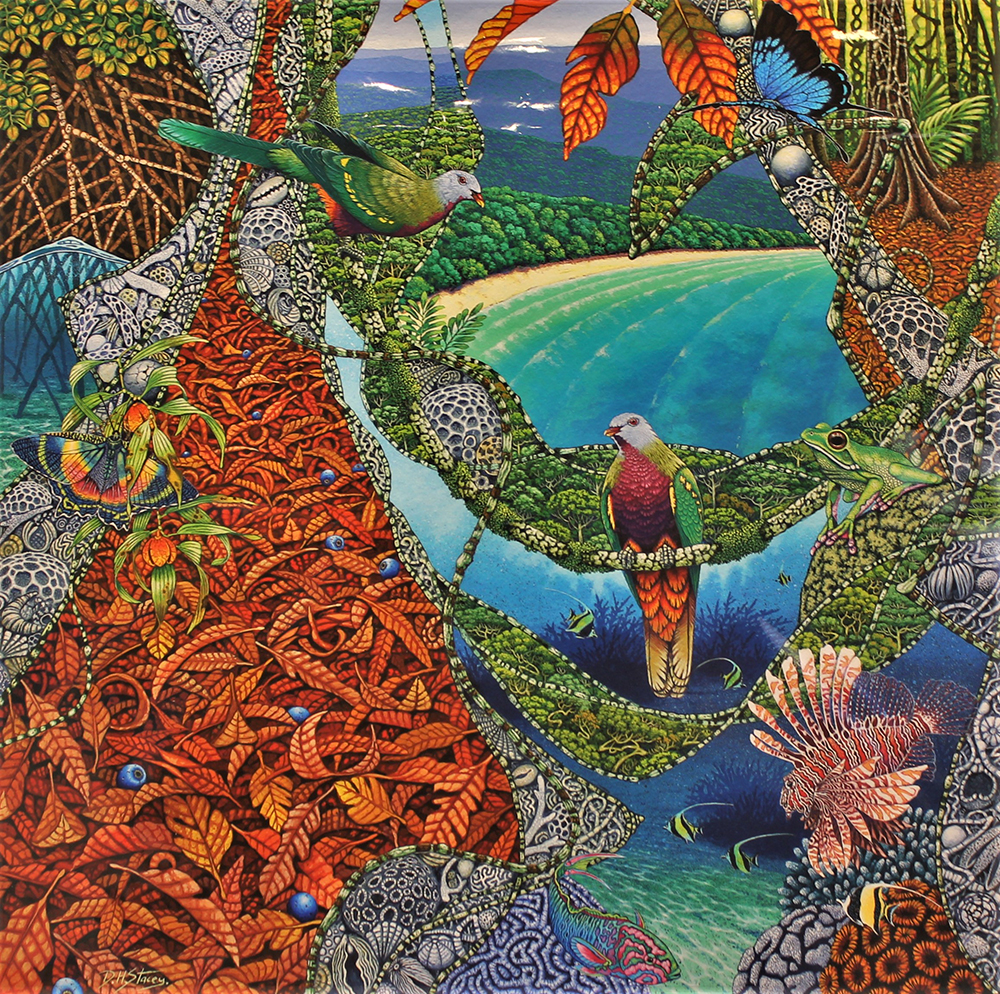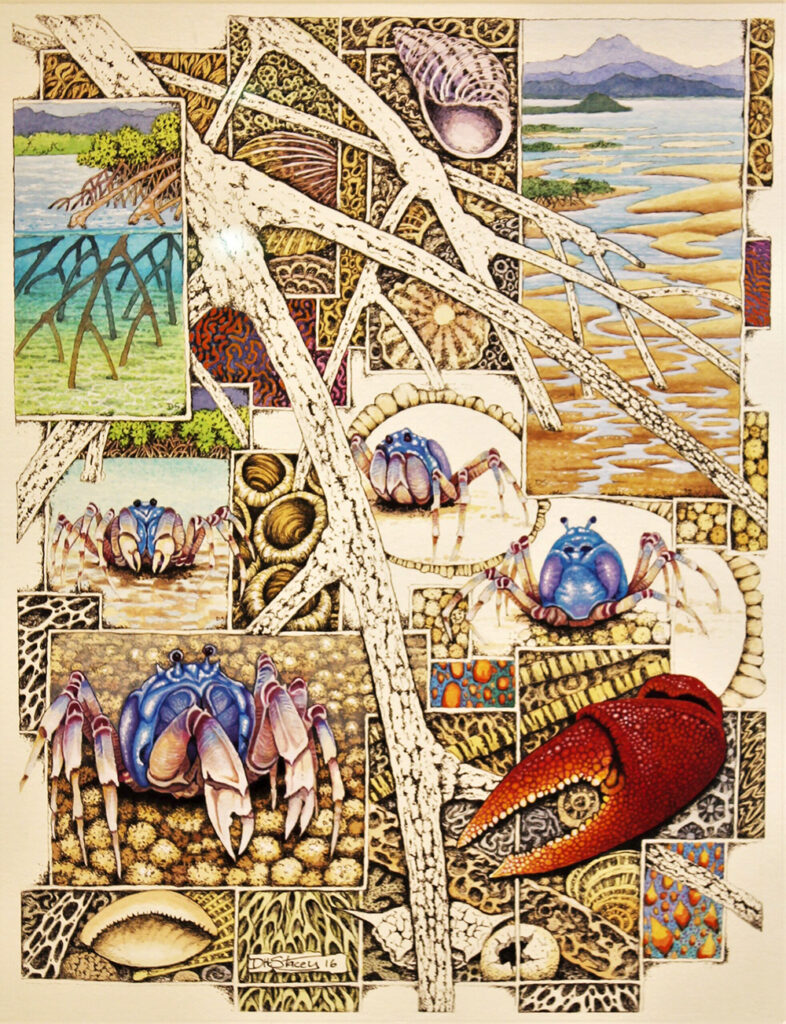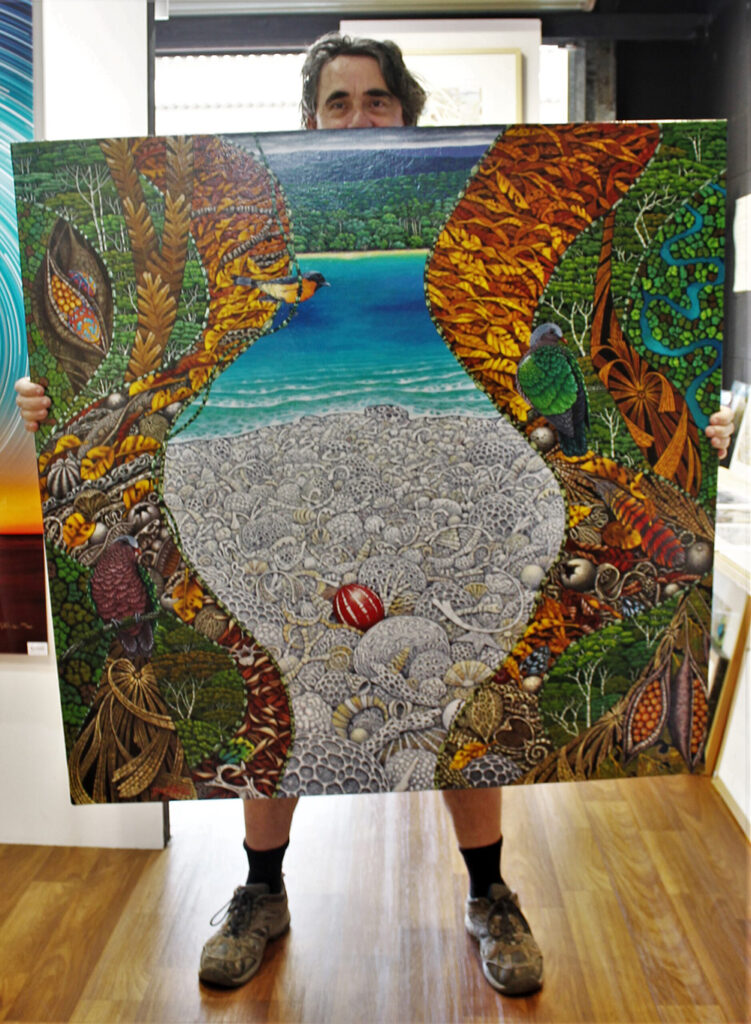
I’m in St Arnaud, South Island, New Zealand. I’m catching up with my friends Nick and Anna. Supper is perfectly grilled venison filets. They’re served with a fresh salad and new potatoes from the garden. ‘You’ll enjoy this,’ says Nick. He’s aware of my near-addiction to the fulsome and beguiling New Zealand pinot noir wines that simply continue to improve. He shows me a bottle with a modest but stylish label. ‘Left Hand, Pinot Noir’ must be a unique moniker for a wine. Nevertheless, bottom left of label there is a small imprint of a left hand. I look at him questioningly. ‘My cousin, Briony, made this’ he says with a note of pride. ‘She’s a star!’ I’m thinking there can’t be too many female winemakers out there.
‘Why the Left Hand?’ I ask.
‘She’s the left-hand winemaker at Paddy Borthwick’s winery.’
‘Who’s the right-hand winemaker?
‘Paddy Borthwick!’ Nick’s now grinning. My intrigue is obvious. ‘Paddy’s the owner and winemaker at the Borthwick Estate Winery. He and Briony divvy the best pinot noir grapes from every harvest and each does their level best to produce a better wine than the other.’ I’m liking this narrative. Go Briony!
Nick pours me a glass. The depth of colour surprises. I smell it, swirl it and smell it again. Quality is not in doubt. I taste it. Something moves within me. This pinot noir has cannily awoken my pharyngeal sensorium to the exclusion of other faculties. Nobody notices that I’ve gone awfully quiet. Mute, I can only look at what’s in my glass. This is a wine that calls out to me.
The following morning, the red fruit fragrances of the Left Hand still have central place in my nasal cavity and sinuses. ‘Nick, where’s the Borthwick Estate Winery?’ I ask over breakfast.
‘The Wairarapa. North Island. Call in on her on your way back up to Auckland.’
‘I might just do that’ I reply knowing perfectly well that I’ll do just that.
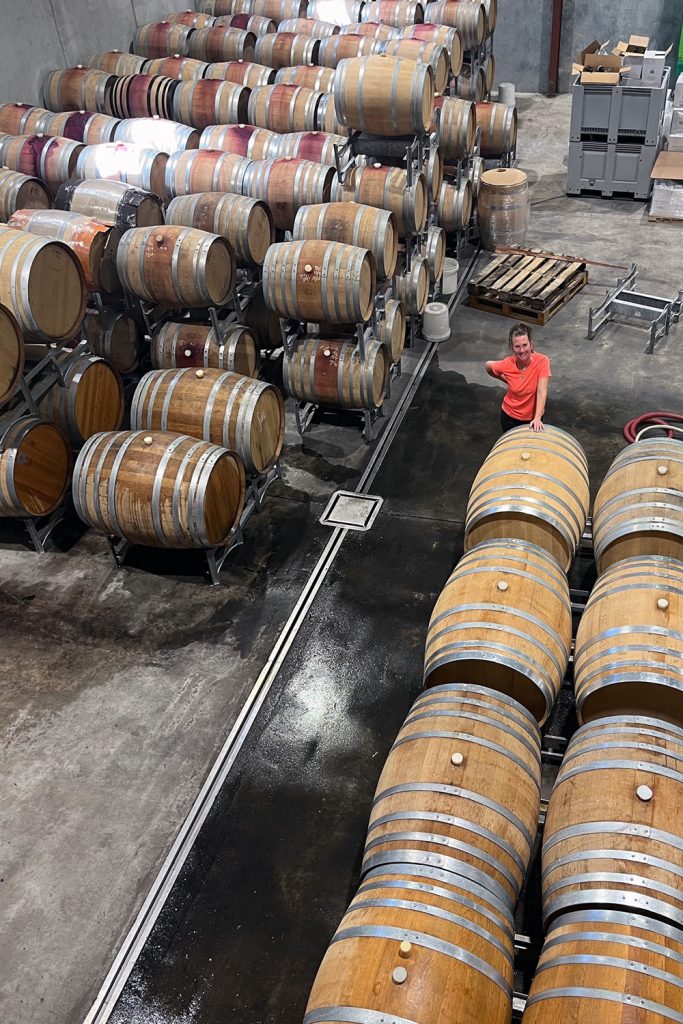
Briony welcomes me from among the barrels of the winery. It’s a hot day but the air inside is cool and hung with the familiar yeasty, grapey, concretey, cold-metallic smells that are part and parcel of a visit to any wine-making enterprise. Her right-handed handshake is firm; a working hand. ‘So, Robin, what’s your wine story?’ she asks. This catches me unawares. I want to know about her and the Left Hand.
‘Urm… I’m not sure I have a wine story.’ This sounds feeble.
‘Sure, you do!’ she replies with a knowing smile. ‘That’s why you’re here!’
Fair enough! I describe myself now as a lover of wine who talks about wines with more enthusiasm than knowledge. Long ago, at university, my interest went little further than enjoying some wines more than others. The all-male chatter-boast was about Clarets, Burgundies and Sancerres. I didn’t know that it was possible to talk about wines in terms of what they were made from rather than the valley in which they were made. Non-French wines didn’t get a look-in. In my mid-thirties, I moved to Geneva, Switzerland. The prevailing French culture revealed the full extent of my ignorance about wine; an ignorance which I managed to dent somewhat through tasting courses and tours of vineyards. I tell of being stupefied by the quality and affordability of New Zealand’s wines that, in my opinion, should make their far-European ancestors bashful in their ordinariness. My preference for pinot noir and the story of the Left Hand have piqued my interest. Here I am! There, Briony! I say to myself. That’s my wine story. What’s yours?
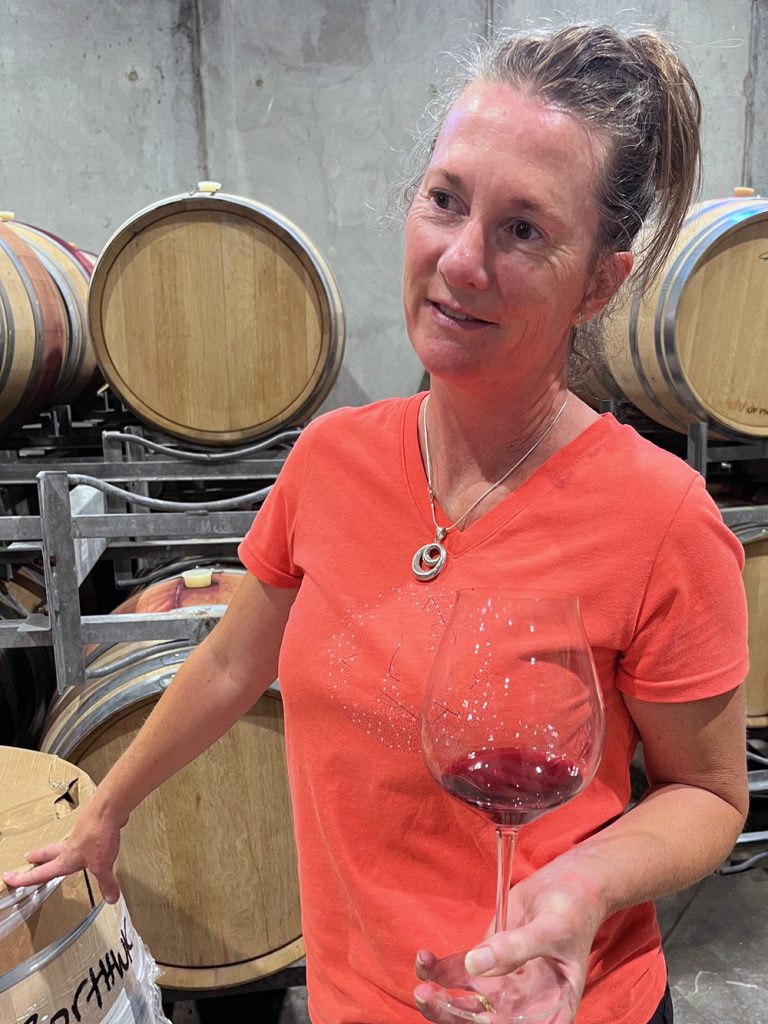
Briony doesn’t give of herself and deftly avoids her own story by giving my visit her undivided attention. We start by tasting the Estate’s white wines drawing straight from the vast stainless-steel vats. After sampling the riesling, sauvignon blanc, pinot gris and chardonnay – all of which give off far more citrus than I am used to – I admit that my sense of taste is discombobulated. Yes, if prompted, I can catch some melon here or peach there and something floral. Briony notes my inability to articulate completely what I’m tasting.
We move on to what I came here for: the oak barrels that house the wine from the vineyard’s eight clones of pinot noir. Her glass ‘barrel thief’ dispenses samples into a wide tasting glass. I’m much more at home with this and am amazed that one varietal from one vineyard can give rise to such diverse wines. To help me along, she uses a broad range of descriptors that I can relate to such as ‘colour,’ ‘body,’ ‘oak,’ ‘tannins,’ ‘plum,’ ‘raspberry,’ ‘caramel,’ ‘coffee,’ and ‘vanilla.’ She explains how different clones combine to give the most promising wine and she’s gratified that I’m already familiar with the story of her Left Hand. We chat some more. The defences drop. She tells me how her Left Hand represents the pinnacle of her winemaking journey. She can prove to her most discerning – and mostly male – contemporaries that she can do it. I dig a bit deeper. Her Left Hand is deeply personal. It displays her aspirations, competence and determination. She tells me she has put more than her heart and soul into this wine; she has actually had her hands in it; her sweat; her tears. If Briony was an accomplished painter, this would be her acclaimed self-portrait.
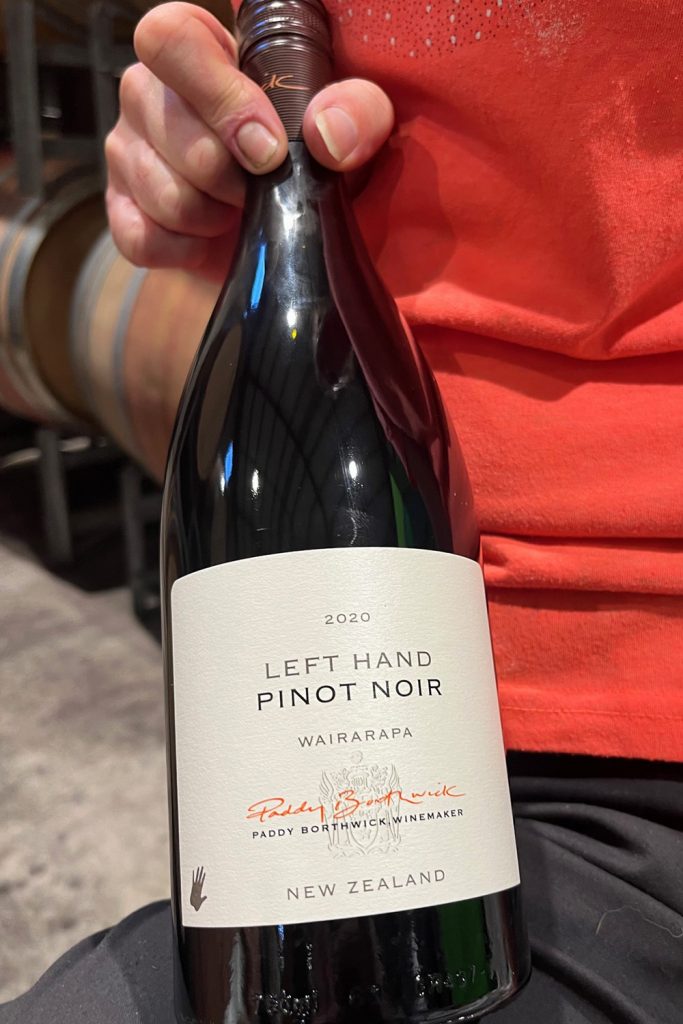
I’m invited to supper with Briony’s family. Such uncommon hospitality is common in this country. Her husband, Hamish, barbeques a couple of spatchcocked chickens each with a dusting of herbs. Seventeen-year-old Isla, prepares a salad. Her dressing is made from a local olive oil cut with lemon juice; it hints at freshly cut grass and pepper. Fox, fourteen, strums his Fender Stratocaster. I sit next to Briony and listen to her wine story.
Briony left University in 1997 with a science degree focussing – usefully – on plant pathology and chemistry. She wanted to do something creative. Her father suggested winemaking. She headed to Lincoln University for a post graduate year studying grape-growing and winemaking. Over the next seven years she gained valuable experience in four different wineries in New Zealand, one vintage in California and another in Australia. In 2005, seeking a still more eclectic base on which to build her winemaking skills she took herself to a small vineyard in the Gard in Southern France. ‘This was one of those life experiences that make you grow’ she tells me. ‘I worked for a small family winery that owned and picked around 200 tons of red varieties. I lived alone and spoke no French and there was not an English speaker among the people I worked with.’ However, with the help of her French-English dictionary, she got along and soaked up the experience. The owners were sad to see her return to New Zealand.
From 2006 to 2013 she worked as a laboratory manager and later as a winemaker for a large-scale producer in Auckland. During this time, she and Hamish started their family. Not wanting to raise their children in a city environment, they moved south to the Wairarapa where she eventually joined the Borthwick Estate Winery in 2018.
I ask Briony what impact having children has had on her winemaking. Wrong question. Not a lot apparently, thanks to Hamish. They’ve managed and managed well. What impact has her winemaking had on her children? Right question. She has been able to show them the value of passion and perseverance; the prerequisites for good winemaking. Inevitably, the Covid-19 pandemic was a major stress for her professionally and for her family. Determined not to miss a vintage, she moved into the vineyard for the lockdown and was only able to hug at a distance when the family delivered food for her. Undaunted, she picked grapes and made wine. Now she looks back on that time as an achievement. Even though the children hated it, they learnt to appreciate their mother’s determination.
I’m served a succulent portion of chicken and help myself to salad. I notice Briony has put a bottle on the table. It is a Left Hand from 2018. ‘This was the first Left Hand I made’ she says. ‘It’s improved nicely.’ With a confident smile, she pours some into my glass. It has the faintest tawny hue. This is the summit of her wine story and probably mine as well. I smell it. I swirl it. I smell it again. I taste it. I am, as the Americans say, all outa wows.

